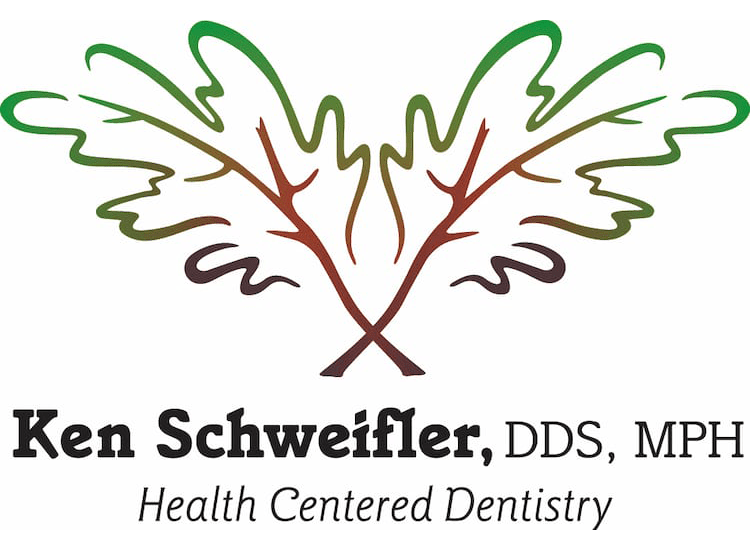Tooth extraction is the treatment of last resort and we only recommend it when necessary for oral and overall health and well-being. It is a general dentistry treatment that Dr. Ken Schweifler offers to children and adults. He may perform your tooth extraction in the comfort of our Los Altos dentist office. For more complex extractions, such as an impacted wisdom tooth, we will coordinate your care with a local specialist for the best result.
Reasons for A Tooth Extraction
There are several key reasons for extracting a natural tooth. Whatever your unique needs, Dr. Schweifler will educate you on all possible treatment options and can provide tooth replacement procedures if needed.
- Severe decay or damage: if restorative treatments or a root canal have failed or are considered ineffective, your tooth may need to be extracted due to severe damage or decay.
- Crowding of teeth: in some cases, tooth extraction may be recommended to allow for a more comfortable and functional bite if teeth are crowded. This is often part of a larger treatment plan that may include orthodontics.
- Wisdom teeth: these third molars are typically extracted due to lack of room for complete eruption or impaction. Dr. Schweifler will monitor the development of wisdom teeth in growing children and make recommendations for removal at the appropriate time. We often remove wisdom teeth in the late teens and early twenties to avoid further complications.
What to Expect – Tooth Extraction
A tooth extraction is a fairly simple procedure. First, the dentist will numb the area to minimize discomfort and extract the tooth. After the tooth is extracted, a blood clot must form to stop the bleeding and begin healing. The socket will be packed with gauze; in most cases, a small amount of bleeding is normal. We ask you to bite on a gauze pad for 30 to 45 minutes after the appointment.
After the tooth extraction, you may feel some pain and experience some swelling. An ice pack or an unopened bag of frozen peas or corn applied to the area will keep swelling to a minimum. Take pain medications as prescribed. The swelling usually subsides after 48 hours.
Tooth Extraction Aftercare
Taking proper care of the extraction site is essential for it to heal properly. We’ll give you detailed aftercare instructions before you leave the office after your procedure. Be sure to follow them exactly for the best results. Icing the area helps with both pain and swelling. We may prescribe you antibiotics to reduce the site’s infection risk. This is especially pertinent when you have a complex extraction where an incision has to be made in the gum tissue.
Avoid hard or crunchy foods for the first few days after the extraction. Stick to soft things that you don’t have to chew a lot. Avoid chewing at all in the extraction area. You don’t want to risk getting debris into the site or disrupting the clotting process.
Brush and floss your teeth as you normally would, avoiding the extraction site. Be sure to brush around that area gently so you don’t harm the site or the clot. Rinse with an antimicrobial mouthwash or warm salt water to clean the extraction site and reduce inflammation. Avoid drinking out of a straw or smoking. Both of these things impact the clotting process and can cause dry socket.
Tooth Extraction FAQs
Tooth extraction is necessary for several different reasons. Learn more by reading the answers to these frequently asked questions.
Is tooth extraction painful?
Tooth extraction can cause discomfort during the process, but most patients are comfortable with a local anesthetic. Before your visit, we will discuss your needs and concerns and can offer dental sedation when necessary. Once we extract the tooth, minor swelling will decrease in the first couple of days. The impact of side effects is often dependent upon the location of the extraction and the size of the tooth. Over-the-counter pain medications can relieve discomfort and reduce swelling.
What are the dietary restrictions after tooth extraction?
Dr. Schweifler will provide personalized post-treatment instructions for your unique needs. For most patients, we recommend a soft diet for the first day or two to reduce the effects of chewing forces. Avoid using a straw for drinking while the socket heals to keep the blood clot in place.
What is a dry socket?
A dry socket is painful when a blood clot becomes dislodged before the wound has healed. It typically occurs about three to four days after tooth extraction. To avoid a dry socket, you should avoid using a straw, smoking, brushing or rinsing the site aggressively, and consuming hot liquids.
What should you not do before tooth extraction?
If you have a condition that prevents you from fasting, such as diabetes, make sure your dentist knows. Additionally, you must refrain from smoking for a full day and a half before and after the procedure.
How do you sleep after a tooth extraction?
We recommend sleeping with your head and neck raised for the first two or three nights after oral surgery, including tooth extraction. This allows additional fluid to flow from the extraction site when normal bodily processes occur. Lying flat on your back can cause a significant increase in swelling.
Can I drink cold water after tooth extraction?
After surgery, we recommend drinking ice-cold water and applying ice packs to your face and cheeks. Numbing the affected area of your mouth with ice may help alleviate discomfort and swelling.
How do you know if you lost the blood clot after tooth extraction?
After your tooth extraction, a blood clot should form in the empty socket. To the naked eye, this should resemble a black scab. The clot will be gone, and the bone will show through if you have a dry socket. This causes the white color characteristic of dry sockets.
